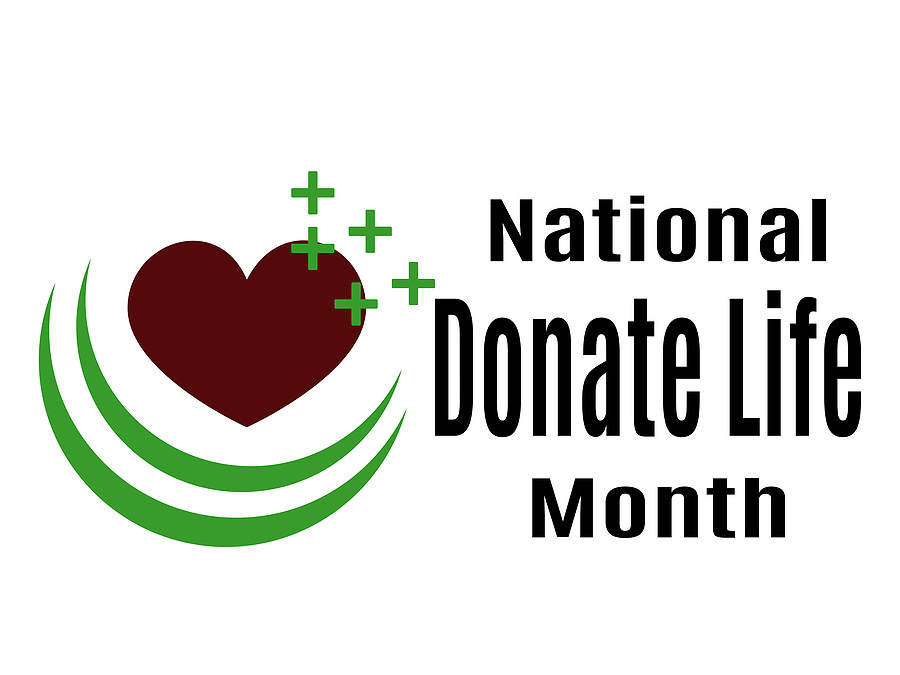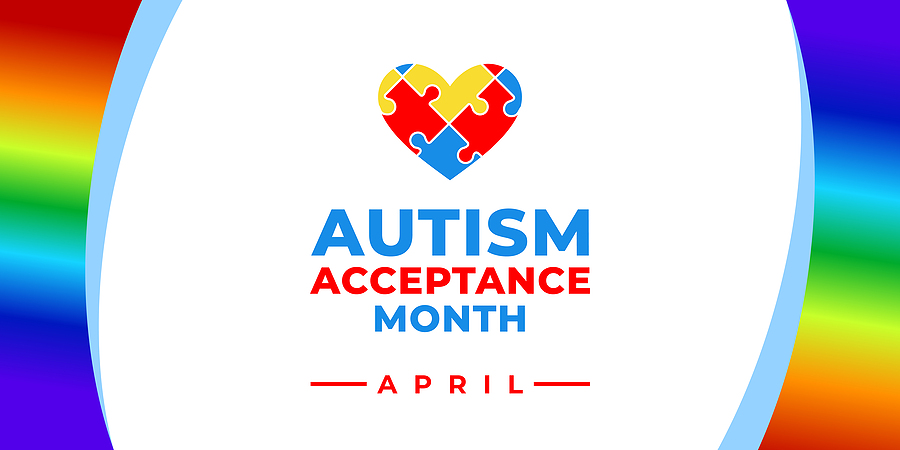Work/Life balance matters to people, so much in fact, we even did a webinar about it. But many of us must travel frequently as part of our employment. Some, like all our skilled trades technicians here at PMG, even travel for extended periods of time. Why does anyone travel for work in the first place? How then does someone balance work with life when at least part of that life is happening a significant distance away? It’s true that travel can complicate the equation, especially for those with large families or young children. But there is still a balance to be found for us all.
The following tips and tricks come from the best practices I’ve found in my own travel experiences and in interviews I’ve conducted with some of our most seasoned traveling professionals. I hope that all of you can find something that helps to dial in your own work life balance a little better. But remember, it’s essential to take care of you and your health first! Whether at work or in life, it’s hard to keep the cups of others filled if yours is always empty.
Pre-Project
Communicate – Be clear with your company about the tasks, goals, and challenges associated with your travel. Be clear with your family about where you’re going, what you’re doing, and when you expect to be back. Be proactive in communicating any changes with the above to any affected parties too. For example, if your return flight gets delayed let your spouse know you won’t be home for after-school pickup ASAP.
Calendar – Schedule everything! When is your cousin getting married? If you need time off to get back for the ceremony, put in your request before your assignment starts. Do your kids have a choir concert at school? Just because you can’t make it live doesn’t mean that you can’t remember to ask about how it went.
Coverage – Who gets called if a pipe bursts? Who is feeding your iguanas while you’re away? How about watering your garden? Just because you’re working on the road doesn’t mean time stops at home. Delegate responsibilities to family members and line up coverage for help (and backups) before you ever leave home. Remember Murphy’s Law (What can happen will happen.) then plan accordingly!
On-Project
Use Technology – Advances in technology have changed everything for people working on the road. A nightly call home has long been a staple to maintaining connections with family and friends. But things like FaceTime and Zoom mean that today we don’t just hear them, but we see them (and they see us) too! With four girls between 9 and 14, I’ve found a lot of value with the group we all share on Snapchat. I’m able to see their projects, hear their stories, and maintain conversations throughout my day (and at the convenience of my schedule).
Participate – Technology is your friend here too. If you’re off shift, there’s no reason to miss a t-ball game just because you’re out of town. Have your spouse or a neighbor livestream the game and cheer from your hotel room. Does your family do a game night? Move it online and you can still take your turn from anywhere in the world.
Share the Trip – This is critical. Sending a picture of something cool you’ve seen let’s your friends and family travel with you, at least in spirit. Bring something back as well. Every place I go for work, I always bring something back for my girls. It might be a souvenir from the airport, a shell from the beach, or a postcard. What it is doesn’t matter as much as what it does – namely, remind your loved ones that you took them with you and brought something back to prove it. Also, just because your family can’t travel with you for a full trip doesn’t mean they can’t come visit you for a shorter period. Many PMG technicians have friends and family stay with them for short portions of their assignments. This gives our techs a chance to share something special and their families a chance to share part of the assignment. It’s one of the favorite aspects of our model for all parties!
Post-Project
Debrief – Work travel and family life aren’t perfect sciences; they can always be improved. This means you need to work diligently and intentionally at improving them though. When you return from a trip spend that evening saying hello and reconnecting. Then spend the next evening debriefing with your family. What went well? What didn’t? How can prep, planning, or execution change in the future to make things better? Once you have some ideas, put them on paper to make sure you remember to implement them for the next trip.
Use Your Perks – One of the best ways to balance work and life when work takes you on the road is to share some of the benefits. Do you build up points with hotels or airlines from the trips that take you away from your family? Then use those points to take a trip WITH your family. Do you get swag from clients or prospects? Bring it home for the kids. The more all sides benefit from your travel, the easier it is for all sides to tolerate your travel. 
Embrace Imbalance – The simple fact is that there is no such thing as a true 50/50 balance to work and life at any given moment. There are always unplanned complications, fires to fight, or balls that are dropped. Spending a week on the road means that you can’t possibly spend 50% of your time at home that week. How do you achieve balance in the face of this reality then? For myself, and many others, this means taking less of a micro view of our time and more of a macro view. One PMG tech put it to me best in an interview when he said, “90 days on the road and 30 days at home may seem out of balance to some. They don’t understand though that when I’m away from home I’m not working constantly so I’m not 100% unavailable. But when I’m home, I’m 100% home. Taking the kids to school, volunteering, doing projects – I don’t have to use my time to do anything but those things, so I just make sure that’s what I do.”
I hope these tips help improve your work/life balance equation the next time work takes you on the road. If they do, and you become more interested in regular road assignments, checkout our webinar Road Warrior to learn more about what it’s like to be a traveling trades technician with PMG! Then contact us if you’re still interested in a project (or in need of skilled techs who are). And remember, if you have ideas or questions of your own for a blog, we’d love to hear them! Just send them to our PMG Writing Team and we’ll cover them in future content.












 If that doesn’t help with inspiration, you can always just do what I did this week in preparation for writing this article. I reached out to PMG parents, as well as my own sisters, and asked them to ask their kids to be published authors for me. Let these kids help inspire your children as well – it doesn’t have to be hard to write, that’s the beauty of writing!
If that doesn’t help with inspiration, you can always just do what I did this week in preparation for writing this article. I reached out to PMG parents, as well as my own sisters, and asked them to ask their kids to be published authors for me. Let these kids help inspire your children as well – it doesn’t have to be hard to write, that’s the beauty of writing!






